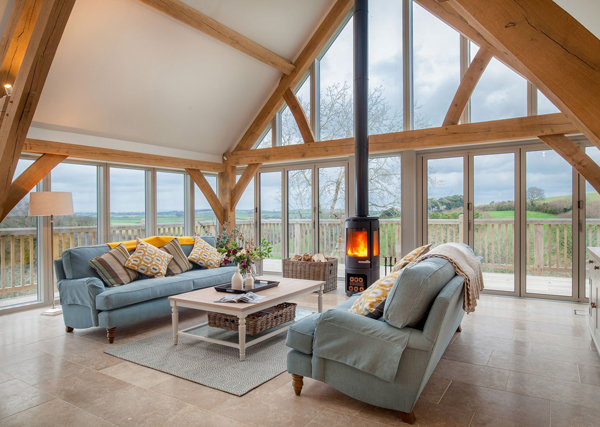The Ultimate Guide for Holiday Let Fire Safety
As the popularity of holiday rentals continues to rise, property owners and managers must prioritise the safety of their guests. Fire risk assessment for holiday lets is not just a legal obligation but also a vital step in ensuring the well-being of occupants. In this article, we will delve into the essential aspects of fire risk assessment for holiday lets, exploring the key considerations, legal requirements, and best practices.



